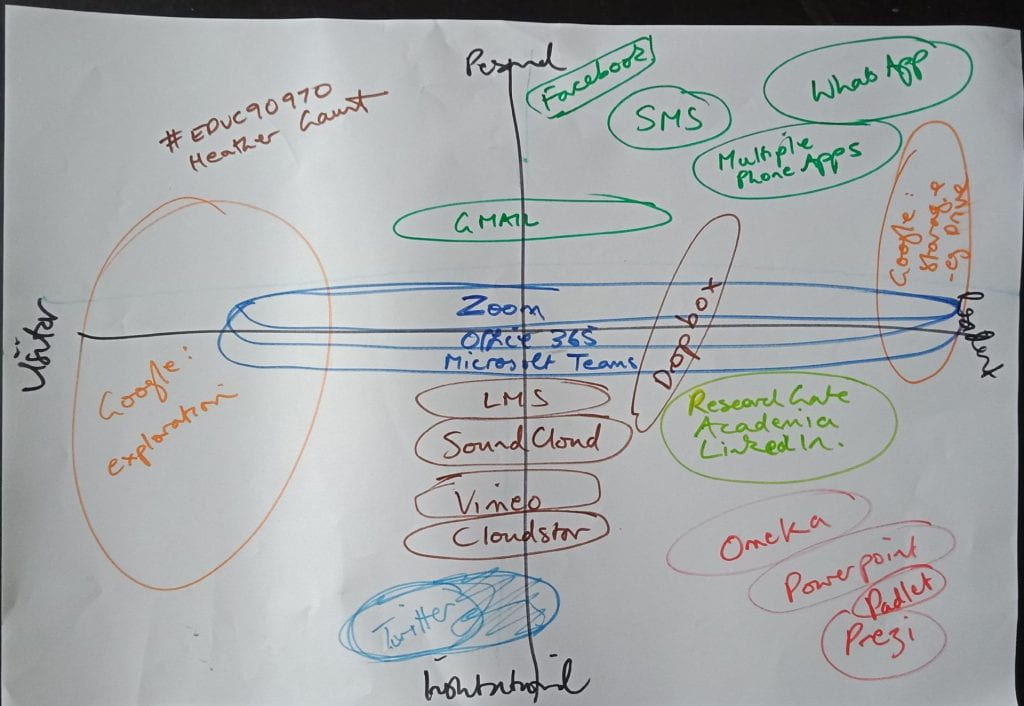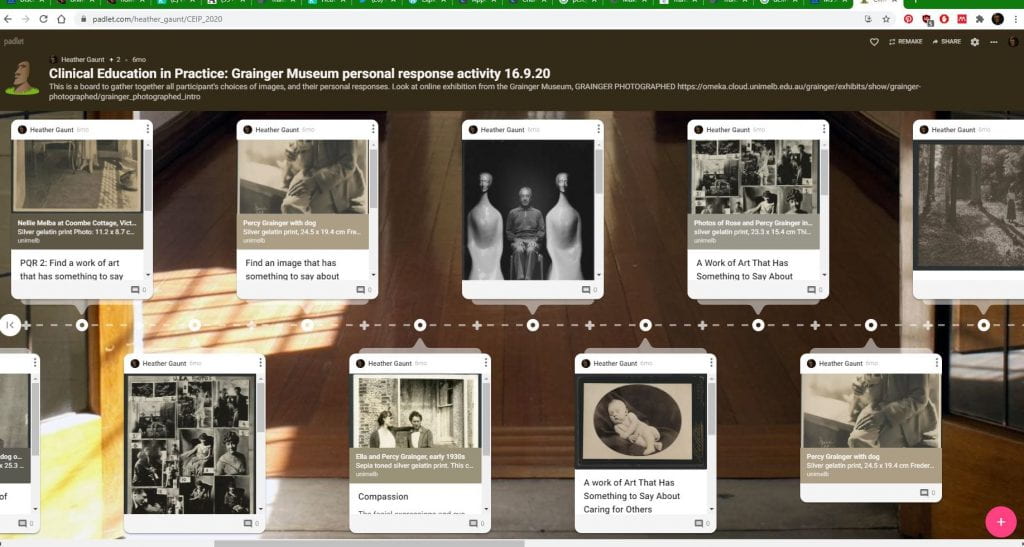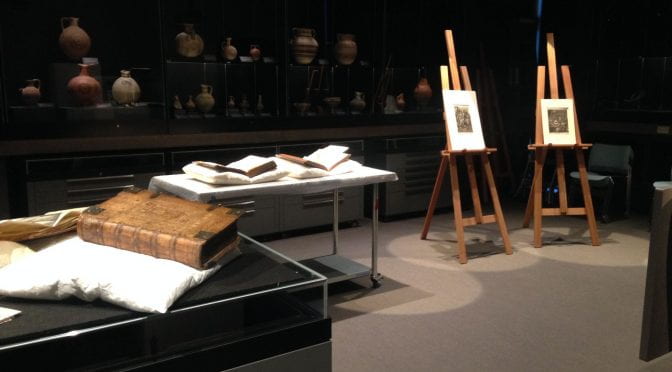Thom Cochrane shared in #EDUC90970 “In response to the critique of the Digital Native narrative popularised by Prensky, David White proposed the “Visitors and Residents” (VandR) framework of technology adoption. JISC subsequently utilised the VandR mapping exercise within their Digital Literacies framework and guides. The VandR mapping exercise provides a quick visual map of how students and academics interact with various technologies in the Institutional (or Professional) and Personal (or Social) domains. It also highlights the potential for rethinking how various tools can be used within a more professional domain rather than merely within a social or personal domain.”
I created a digital version in this mapping tool. A fascinating exercise, which had me thinking visually about my use of digital tools across my professional and personal life. I used different colours to group the way I used the various tools (storage for T&L, teaching/presenting, investigation (personal or professional, etc etc) and size to represent how much of my digital activity was conducted through each platform/tool. It was actually quite profound, not only the number of tools, but how they clustered so heavily in my professional life; how some overlapped suggesting I could simplify into a single platform for less ‘cognitive overload’; how sometimes the replications were a result of institutional mandates on what platforms to use, and sometimes were just ongoing redundancy of tools, with new platforms doing things better…but you still had hangovers from old tools ( for me Endnote to Mendeley over a more than a decade).
Infuriatingly, the platform timed out while I did other tasks (the email pile up etc) and I didn’t know and kept adding content, so when it came time to save and share… the whole thing disappeared into digital dust. Aaaarghhhhhhhhh. A lesson there…
So, I went to my old fallback, coloured markers on a large piece of paper, and whipped out a messy analogue version, which is what you see below.





